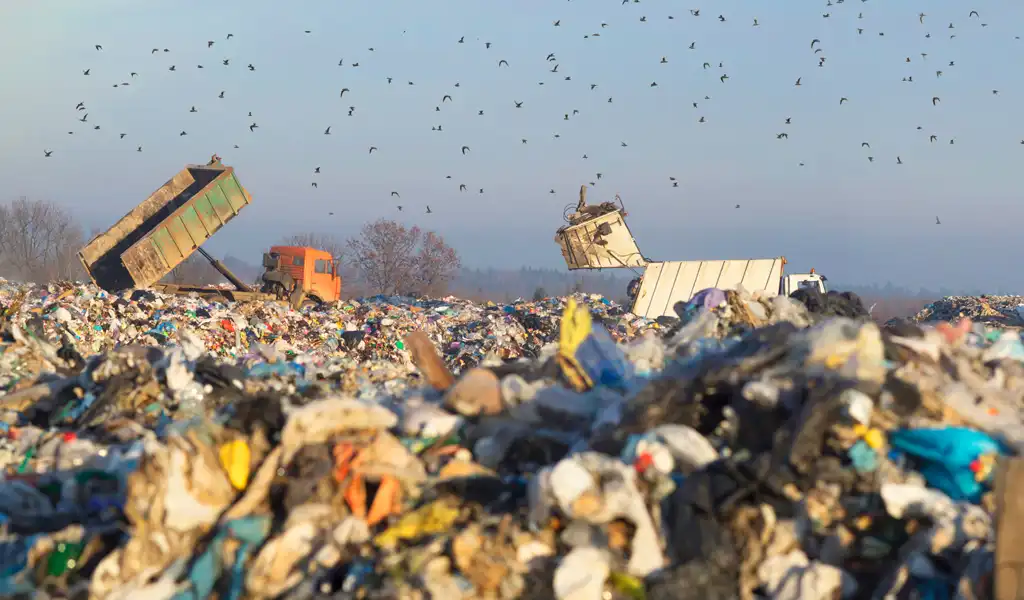Groundwater Remediation
- What is groundwater remediation?
- Why is it important to remediate groundwater?
- What is groundwater bioremediation?
- Enhanced Biodegradation
- Groundwater Bioremediation Applications for Reducing BTEX

What is groundwater remediation?
Groundwater remediation involves removing contaminants, converting contaminants into less harmful chemicals, or preventing contamination of groundwater.

Why is it important to remediate groundwater?
Groundwater remediation is essential for protecting the quality of our drinking water and the health of ecosystems that rely on groundwater. Groundwater contamination cleanup is a complex and challenging task that requires careful planning and implementation. It involves using various remediation techniques, including physical, chemical, and biological methods, to remove or neutralize contaminants effectively. The cleanup aims to restore groundwater quality and prevent further environmental and human health harm.
Bioremediation and enhanced biodegradation are valuable tools in this effort, offering practical, sustainable, and environmentally friendly solutions to clean groundwater contamination. By applying these techniques carefully and strategically, we can make significant progress in restoring the quality of our groundwater and preserving the health of our ecosystems.

What is groundwater bioremediation?
Bioremediation is one method of groundwater remediation that utilizes microorganisms to break down contaminants in the water. These microorganisms break down organic substances into smaller, less harmful compounds, effectively cleaning the groundwater. Specifically, bioremediation is an effective method for remediating BTEX compounds, which include benzene, toluene, ethylbenzene, and xylene. These compounds are commonly found in petroleum products and can pose serious health risks if they contaminate groundwater. Through bioremediation, microorganisms break down these contaminants, reducing their impact on the environment and human health.
Enhanced biodegradation is another method for groundwater contamination cleanup. This process involves adding nutrients, oxygen, or other substances to stimulate the growth of microorganisms that naturally degrade contaminants. Enhanced biodegradation can significantly accelerate the remediation of contaminated groundwater by providing the necessary conditions for microbial activity.
Once thought to be ineffective and misunderstood, or unsafe in some cases, bioremediation methods are now being viewed as a sensible and viable approach. They tend to be less expensive than traditional excavation or pump and treat methodologies and can be combined to complement other remedial activities. In addition, many of the technologies use equipment that is widely available, easy to install, and have no power requirements. Compared to alternative technologies, enhanced in-situ bioremediation may offer a more efficient method of subsurface remediation, and continued research and case studies are supporting these positive results. These methods rely on natural processes and do not produce harmful byproducts or residues, making them environmentally friendly and cost-effective. Harnessing the power of microorganisms offers a promising solution for addressing groundwater pollution.

Enhanced Biodegradation
A variety of technologies can speed up natural attenuation processes without injecting chemicals or producing waste byproducts that require subsequent disposal. They reduce contaminants in place with minimal site disturbance, or disruption to on-going site activities. The Waterloo Emitter™ is one such bioremediation device. Developed by researchers at the University of Waterloo, it uses a patented technology that enables the controlled and uniform release of oxygen into impacted groundwater, enhancing conditions to stimulate aerobic microbial degradation.

Groundwater Bioremediation Applications for Reducing BTEX
Groundwater bioremediation is a highly effective method for reducing BTEX (benzene, toluene, ethylbenzene, and xylene) concentrations in various contaminated site applications.
- Petroleum Storage and Distribution Sites: These locations encompass gas stations, fuel depots, and pipelines where petroleum products have been stored, distributed, or leaked.
- Industrial Facilities: Includes factories, manufacturing plants, and industrial sites such as refineries, chemical plants, and manufacturing facilities where BTEX compounds are either used or produced.
- Brownfield Sites: These are abandoned or underutilized industrial or commercial properties that are known or suspected to be contaminated, often necessitating remediation for future redevelopment.
- Landfills and Waste Disposal Sites: These areas consist of municipal landfills, hazardous waste sites, and dumpsites where solid and liquid waste has been disposed of, potentially leading to the leaching of BTEX compounds into groundwater.
- Former Dry Cleaning Facilities: These are locations where dry cleaning operations have historically taken place.
- Transportation Corridors: These areas are situated near roads, highways, railways, and airports where petroleum spills from vehicle accidents or leaks from transportation infrastructure can contaminate groundwater.
- Chemical Storage Facilities: These sites involve the storage, handling, or transportation of chemicals, such as warehouses, storage tanks, and chemical processing plants, where spills or leaks can result in BTEX contamination.
- Military Installations: Former or current military bases, training grounds, and weapon storage facilities where BTEX compounds may be present due to activities like fuel storage, vehicle maintenance, and training exercises.
- Agricultural Operations: Farms, orchards, and nurseries where pesticides, fertilizers, and other agrochemicals containing BTEX compounds have been used and can potentially leach into groundwater.
- Urban and Industrial Redevelopment Areas: These are zones undergoing urban revitalization or industrial redevelopment where historical contamination, including BTEX compounds, poses environmental challenges for future land use.


